Clematis "Ashva": description, pruning group, planting and care
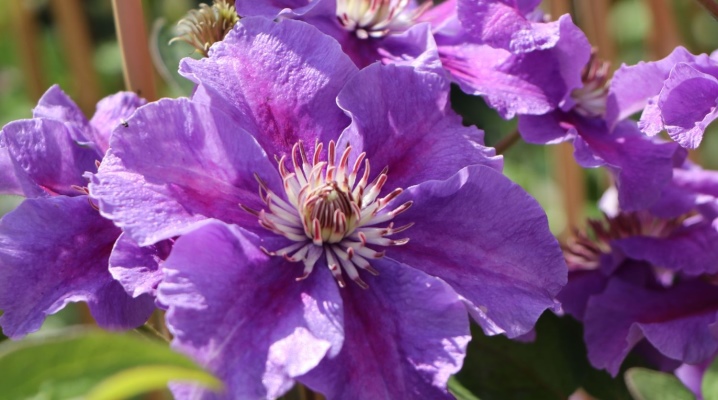
Clematis "Ashva" is becoming the choice of many gardeners due to the presence of a graceful weaving stem and bright buds, which bloom per season in almost a hundred. This variety does not require particularly difficult care, but it lives up to almost 25 years.
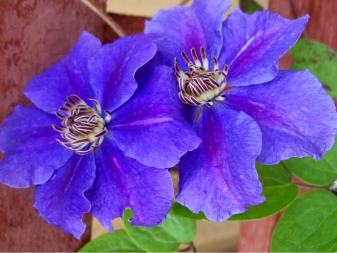

Description of the variety
Clematis "Ashva" is a climbing perennial ornamental plant. Its colors are truly diverse: gardeners grow crops with rounded flowers of white, raspberry, pink, blue and purple shades. Most often, however, purple is the color. The breadth of the color palette makes it possible to create colorful palettes by working with only the same culture. Each flower is assembled from five wavy petals, decorated with a vertical contrasting stripe, most often red. Its diameter ranges from 8 to 12 centimeters, but the latter indicator is possible only with careful care.
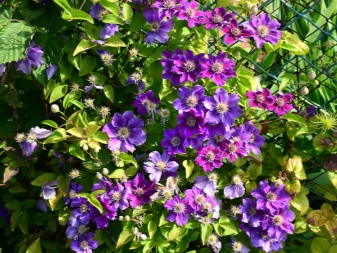
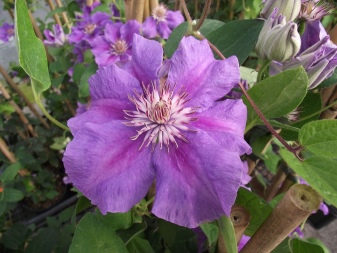
Strong leaf petioles allow the liana to be fixed on a vertical support, from the tree trunk to the wall of the building, but additional tying is still required for reliability.
The length of the plant ranges from one and a half to two meters. Clematis blooms from early summer and lasts until mid-September. In warmer regions, however, the buds may open as early as May. Experts believe that clematis "Ashva" can develop on the same site for almost 25 years.
This variety was bred in the 90s of the last century by a Lithuanian collector. Since 2004, after an international exhibition, its distribution began around the world. Clematis "Ashva" is not afraid of frost. The plant is able to withstand cold temperatures reaching -30 degrees, but in more serious cases, it will be necessary to provide the plant with additional shelter. Since the buds open quite late, don't worry about early frosts.

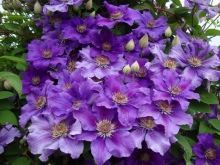
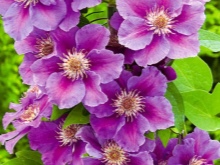
Landing rules
The main requirements for planting clematis "Ashva" are the abundance of sunlight and the absence of drafts. When purchasing seedlings, it is better to give preference to the material of Dutch selection, since, according to numerous reviews, it is they who are the most persistent and capable of quick adaptation in a new place. Before direct planting, it is recommended to store the material in a room where the temperature is from 0 to +2 degrees Celsius. In the event that the culture is already awake, good lighting is added to the above requirements. The material purchased in the fall can wait for spring only if it is in a basement with a five-degree temperature. The open root must be covered with a slightly moistened mixture of sand and sawdust. Shoots actively developing in the winter months have to be pinched.

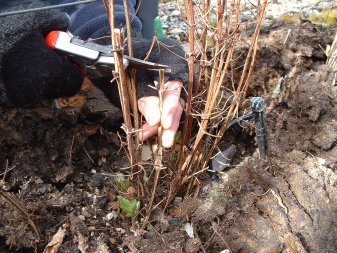
To plant clematis "Ashva" is required on loamy soil with good looseness. It is important to remember that heavy, and therefore damp, soil contributes to the development of crop diseases.
In terms of acidity, the soil mixture can be either neutral or slightly alkaline. It is better to check for acidity in the fall, since the acidic soil can be deacidified until spring, using one of the common methods. In the spring, the soil should be fertilized.
Having formed a hole, the top layer of earth will need to be mixed with a bucket of peat, the same amount of sand, 2.5 buckets of compost and 100 grams of bone meal. It is also recommended to enrich the soil with ash, chalk and complex fertilizers, taken in an amount of 200 grams. Planting clematis starts in the last week of May, when the danger of frost return has passed, and the soil has warmed up enough. The size of the pit is 60 centimeters in length and width, and the depth is determined depending on the size of the seedling itself. At the bottom, a layer of drainage or perlite is necessarily formed.

The soil is cleared of weeds and dug up with fertilizers, after which it is left for a couple of days under cellophane for the required subsidence. The seedling is well watered or kept in water for several hours, depending on the root system of a closed or open type. It is located in the hole so that the root collar is deepened by about 7-10 centimeters. This gap, by the way, is reduced to 4 centimeters in the case of heavy soil. If several specimens are planted at the same time, then between the bushes should be kept from 60 centimeters to 1 meter, according to the possibilities of free territory.
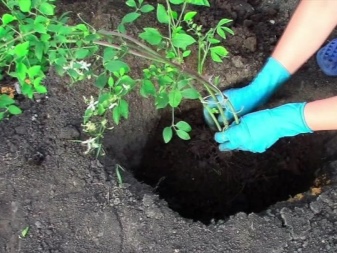
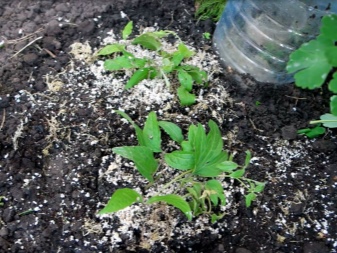
The same applies to the distance from planting to a house or other buildings, although here the gap can be reduced to 20-30 centimeters.
The support for "Ashva" is installed immediately. It is necessary to choose a strong and reliable structure, burying it quite deeply. After planting, clematis is irrigated, and the trunk circle is necessarily mulched. It is recommended to protect the plant from strong sun for the first two weeks.
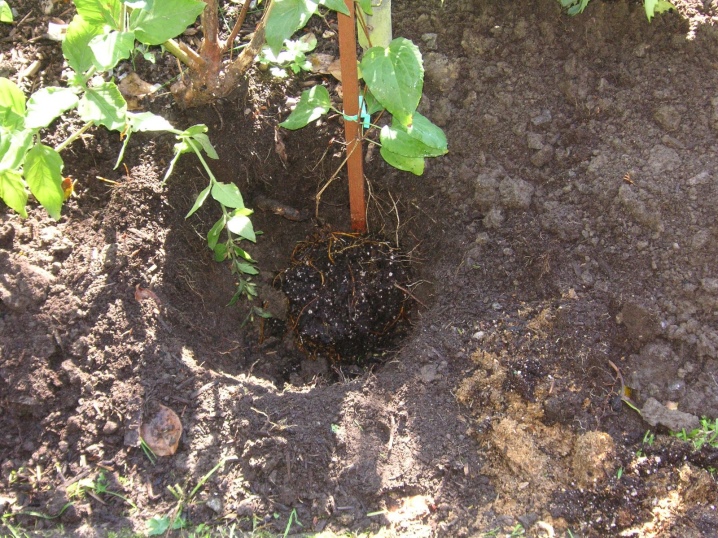
Follow-up care
Irrigation is very important for clematis. The soil should always remain slightly moist, but without stagnation and full puddles. In addition, it is important to remember that Ashva does not respond well to a jet directed directly into the middle of the bush. It is customary to apply fertilizers for clematis twice a year, that is, in autumn and spring. Clematis must be fed after watering. Rotted manure enriched with ash and phosphorus-potassium solution is used as fertilizer.
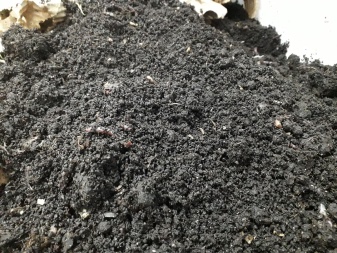
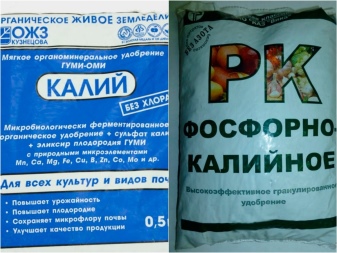
Weed clematis regularly. The area near the trunk should be free of weeds and slightly fluffed. Do not forget about mulching - this procedure stops the spread of weeds and helps to preserve moisture in the ground. Somewhere in the seven-year-old "Ashva" needs rejuvenating pruning. First, clematis is cut in the required way, then it is even dug out. Having divided the shrub into two parts, one should be left in the old place, and the other should be transplanted to a new one.
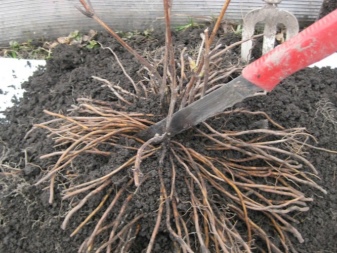
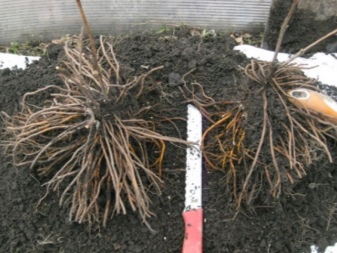
Trimming group
Clematis "Ashva" belongs to the third group of pruning, which requires strong pruning before wintering. That's why in autumn, all shoots are shortened leaving only a few buds, and in spring the plant is only lightly sanitized with the elimination of diseased, dried out or broken branches. It is important to remember that opening buds appear only on those shoots that appeared in the current year.
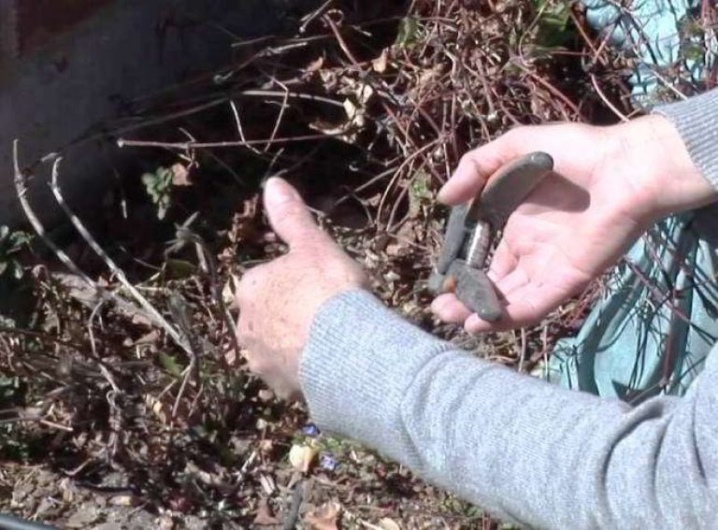
Disease and pest control
Clematis "Ashva" is extremely unpretentious and has an innate immunity to most diseases. Moreover, it is very rarely attacked by pests that become a problem for other clematis. Basically, most often the occurrence of a fungus is likely, which is the cause of improper crop care... The problem can be identified by the state of the leaves and shoots - the first ones begin to fade, and the second ones form brown spots, then blackening and drying out. The defeat of the culture begins with the rhizome. For the prevention of fungal diseases, it will be necessary to adjust the watering regime and make approvals. Sometimes rust appears on clematis, which looks like brown spots on the leaves. If a whitish bloom appears on the surface, then we are talking about powdery mildew.
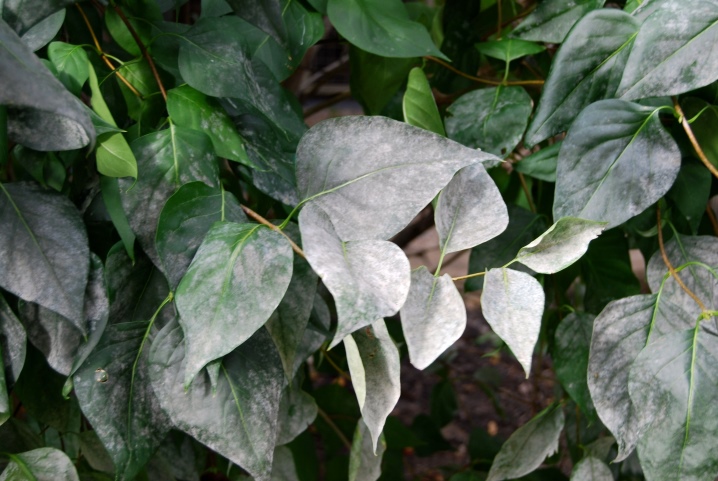
Brown specks covered with fluff are already the result of infection with gray rot. With Alternaria, olive bloom forms on the surface of the leaves, and with Septoria, small round specks. The result of ascochitis is leaf spotting, which is expressed in the form of irregular spots, painted in a rich brown-yellow color.
Important! All these problems can be solved with the help of preparations containing copper, for example, Bordeaux liquid or "Fundazol", used at a concentration of 0.2%.
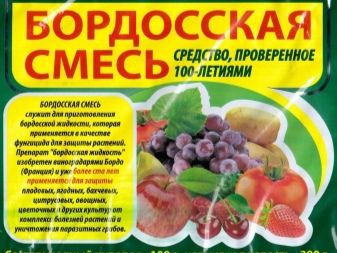

In principle, 300 grams of green soap together with 30 grams of copper sulfate, diluted in a bucket of settled water, can help.
Preparing for winter
Clematis "Ashva" corresponds to the third or fourth zone of frost resistance. This means that it tolerates frosts well, during which the temperature drops to -30 or even -35 degrees, but only in the case of short-term cold weather. If the winters in the region are harsh, then the root zone will have to be insulated with peat in November. However, when the temperature drops to -5 in December, then this procedure is carried out earlier. With a regular drop in temperatures to -40 or more degrees, it is necessary to organize a multi-level protection of clematis, consisting of earth, peat and spruce branches. In the spring, all these layers are removed gradually.
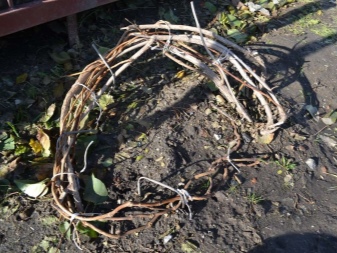
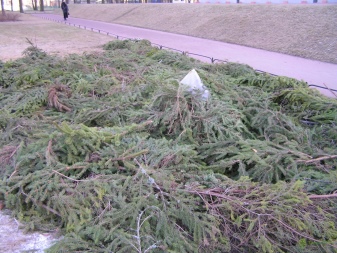
Reproduction
Clematis "Ashva" is never propagated by the seed method, since this variety is a hybrid, therefore the seeds that arise do not retain their maternal properties. Therefore, for this purpose it is used only in a vegetative way. The division of the bush is used when the culture has been in the same place for five years or more. The rhizome is cut in early spring, even before the first leaves appear. The bush itself is divided into several parts using a sharp disinfected knife. It is important that at least 2-3 buds are preserved on each plot, and the rhizome is quite developed.
Another common method of propagation of "Ashva" is the use of layering. It is quite popular, as it makes it possible to get from 5 to 7 healthy bushes at a time.
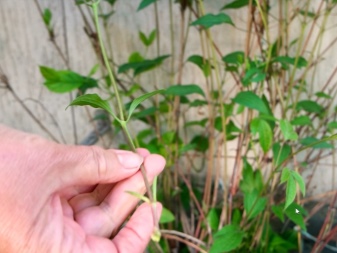
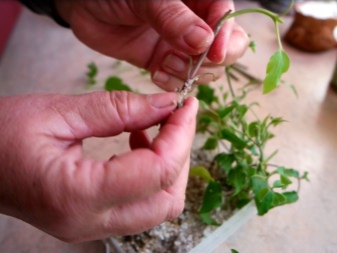
Layers are formed in June or July. A small groove is dug next to the bush, the depth of which is from 10 to 12 centimeters. A shoot is placed in it, from which the leaves are cut off, but the top remains on the surface.
In the ditch, this part of the vine is fixed with special brackets, after which everything is covered with earth and thoroughly watered with settled water. If you take care of the layers correctly, the roots will begin to appear in a month. Either in the fall or next spring, a full-fledged bush can be transplanted to a permanent habitat. Clematis "Ashva" also propagates by cuttings, although this method is not particularly popular due to its complexity, and also not always successful procedure.
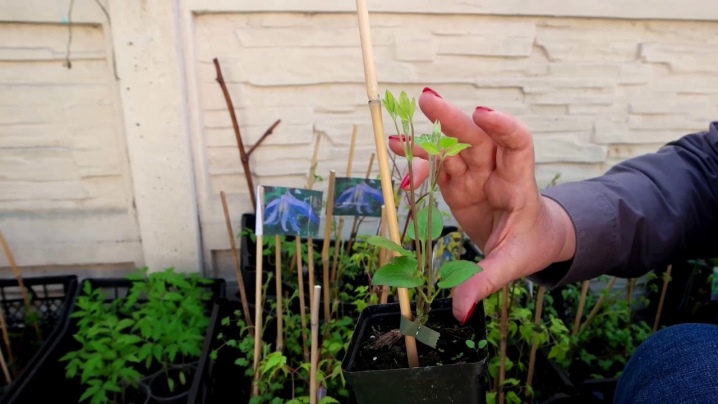
Cuttings are formed from healthy and strong shoots. The branch is cut diagonally from below, and at right angles from above. Each handle must have at least two nodes. The lower part of the branch is treated with a special solution that promotes the appearance of the rhizome. The material is planted in a greenhouse filled with loose and moist soil, or in flower pots. Cuttings should develop in a room with coolness and shade. Irrigation occurs as needed.
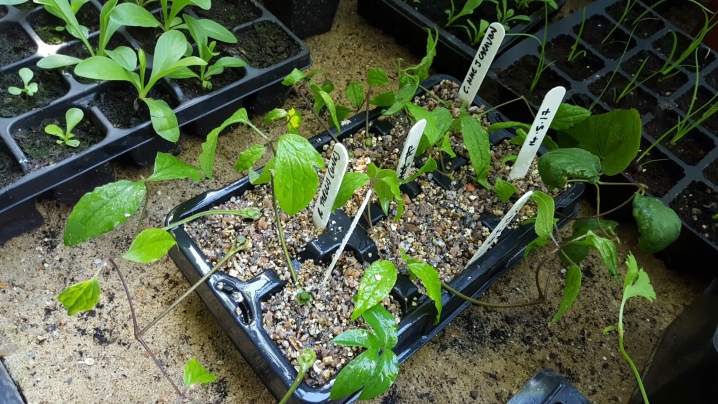
Examples in landscape design
Since Clematis "Ashva" is not very large, it can be grown in containers, and then used to decorate balconies, verandas and winter gardens. It is important that the width of the container is 50 centimeters and the depth reaches 80 centimeters. With proper care in such conditions, the culture will grow for almost five years. In winter, it makes sense to transfer pots from the garden to the balcony, if the temperature there does not fall below zero. In summer "Ashva" looks good on arches, entrances or decorative gazebos.They form very beautiful columns, pyramids or other structures. In flower beds, clematis is usually planted in the background.
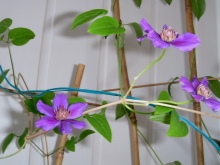
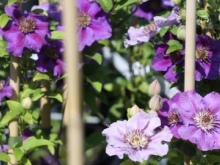

What is needed for abundant flowering of clematis, see below.







































































































The comment was sent successfully.